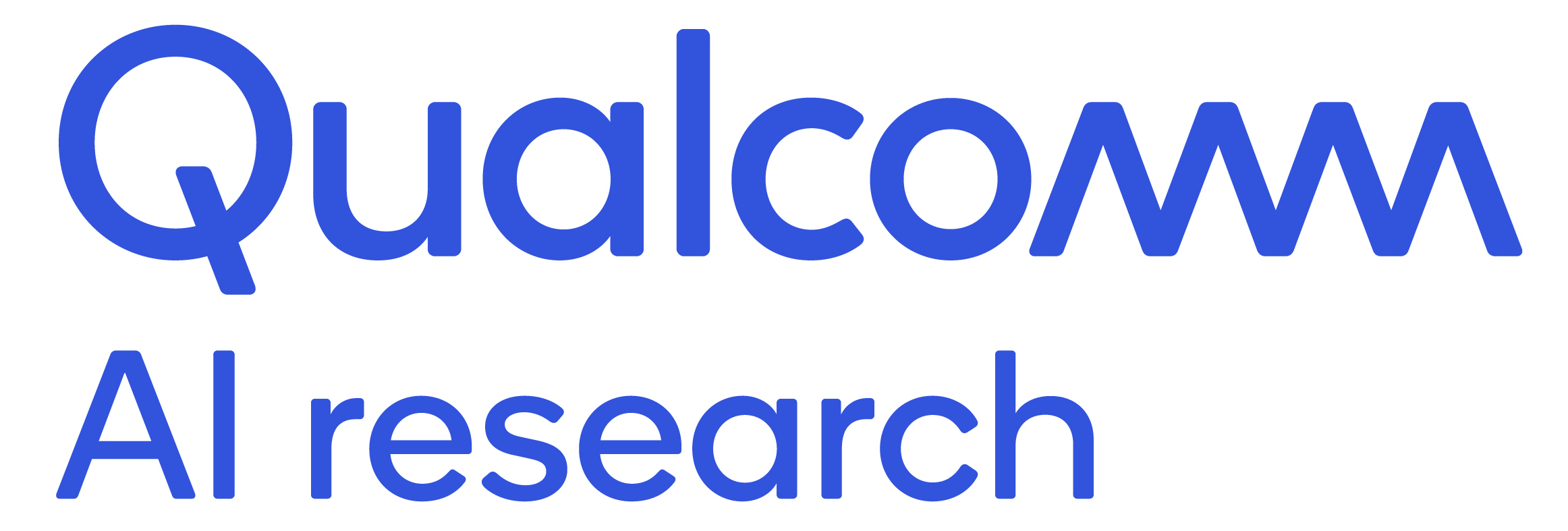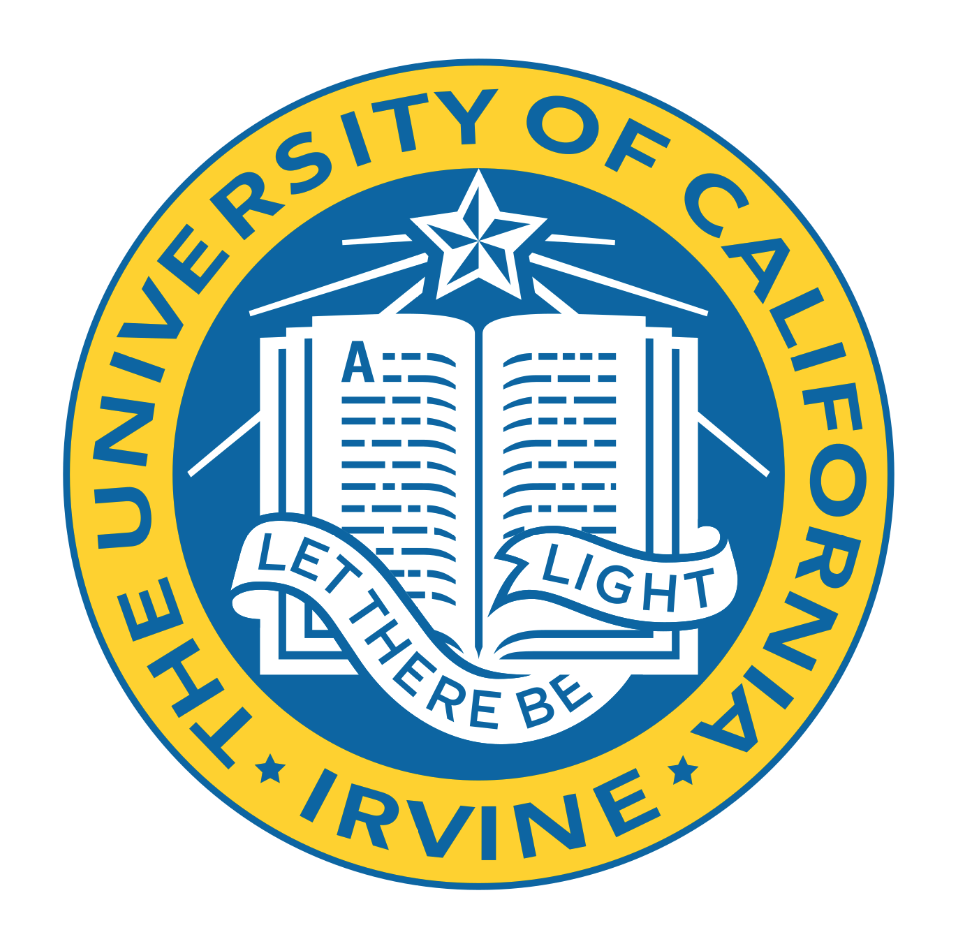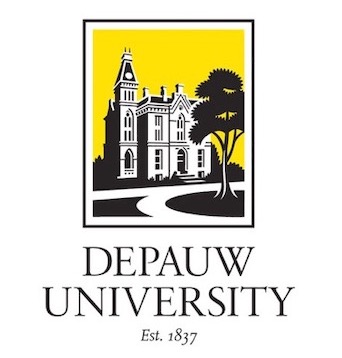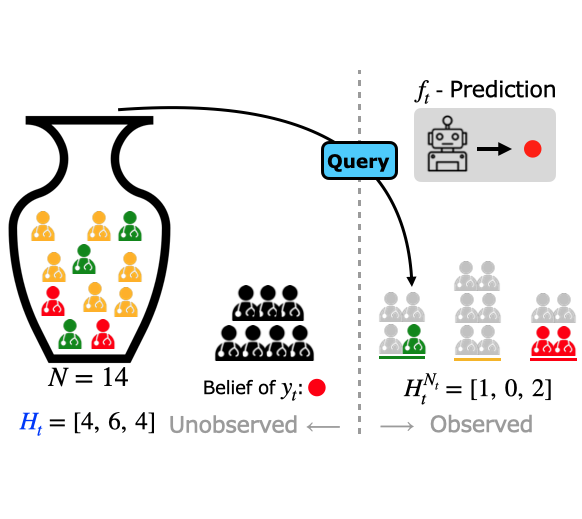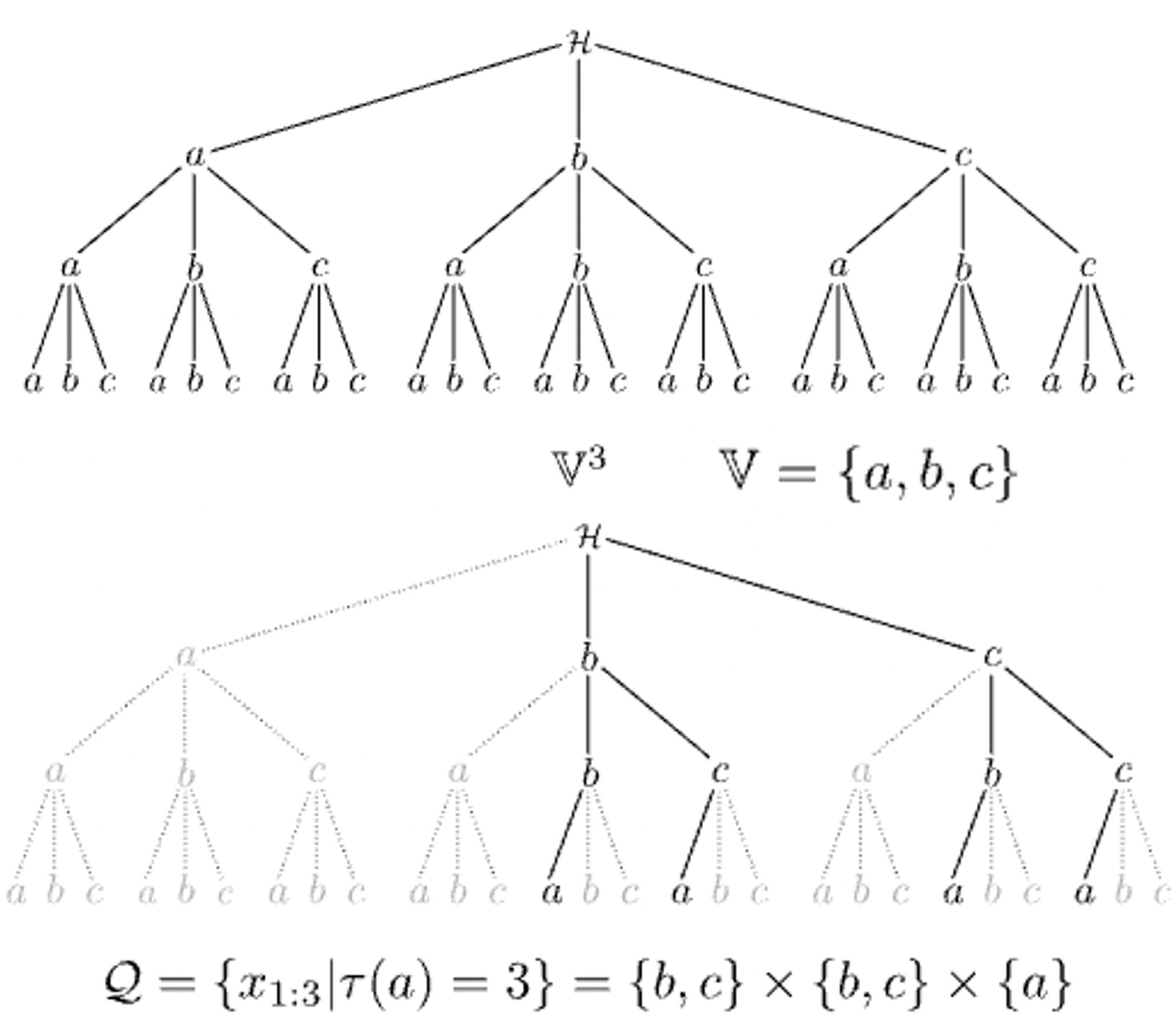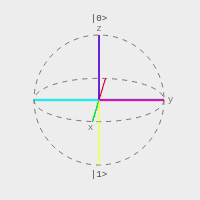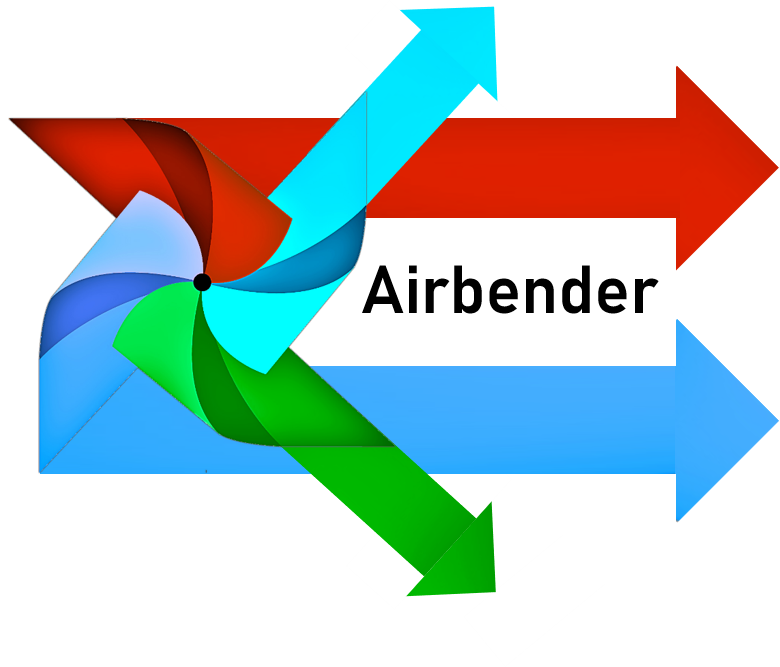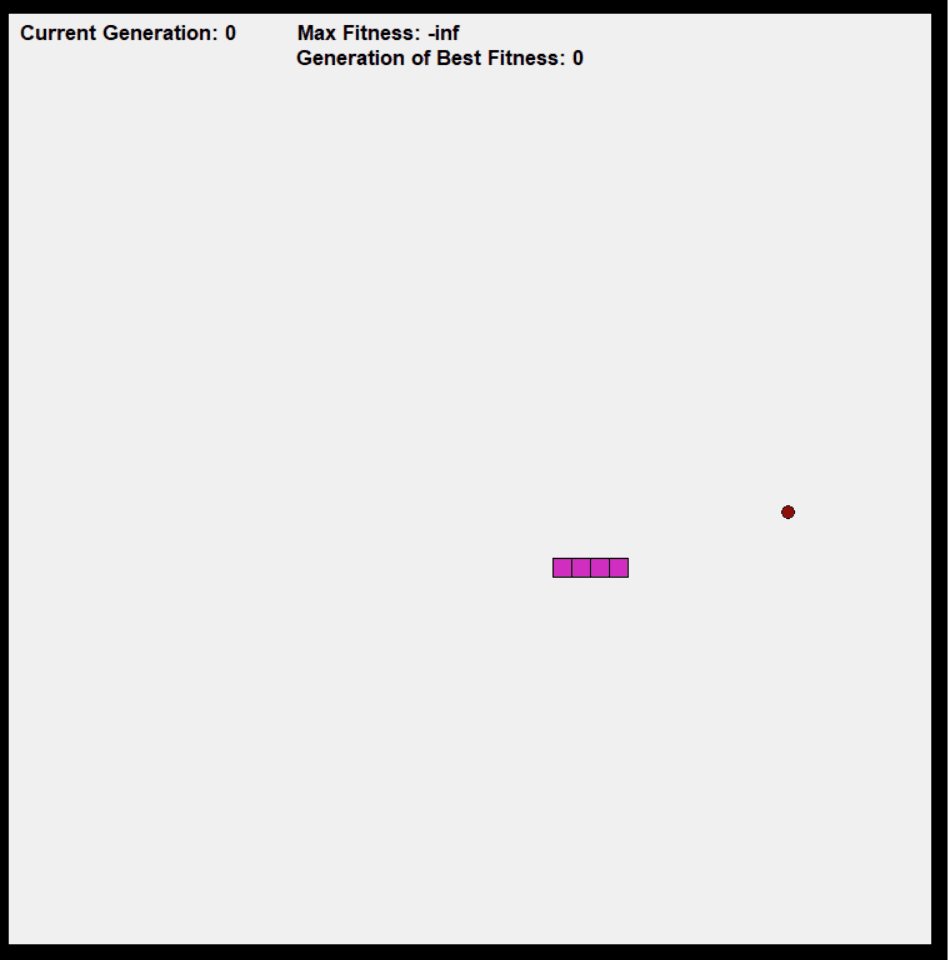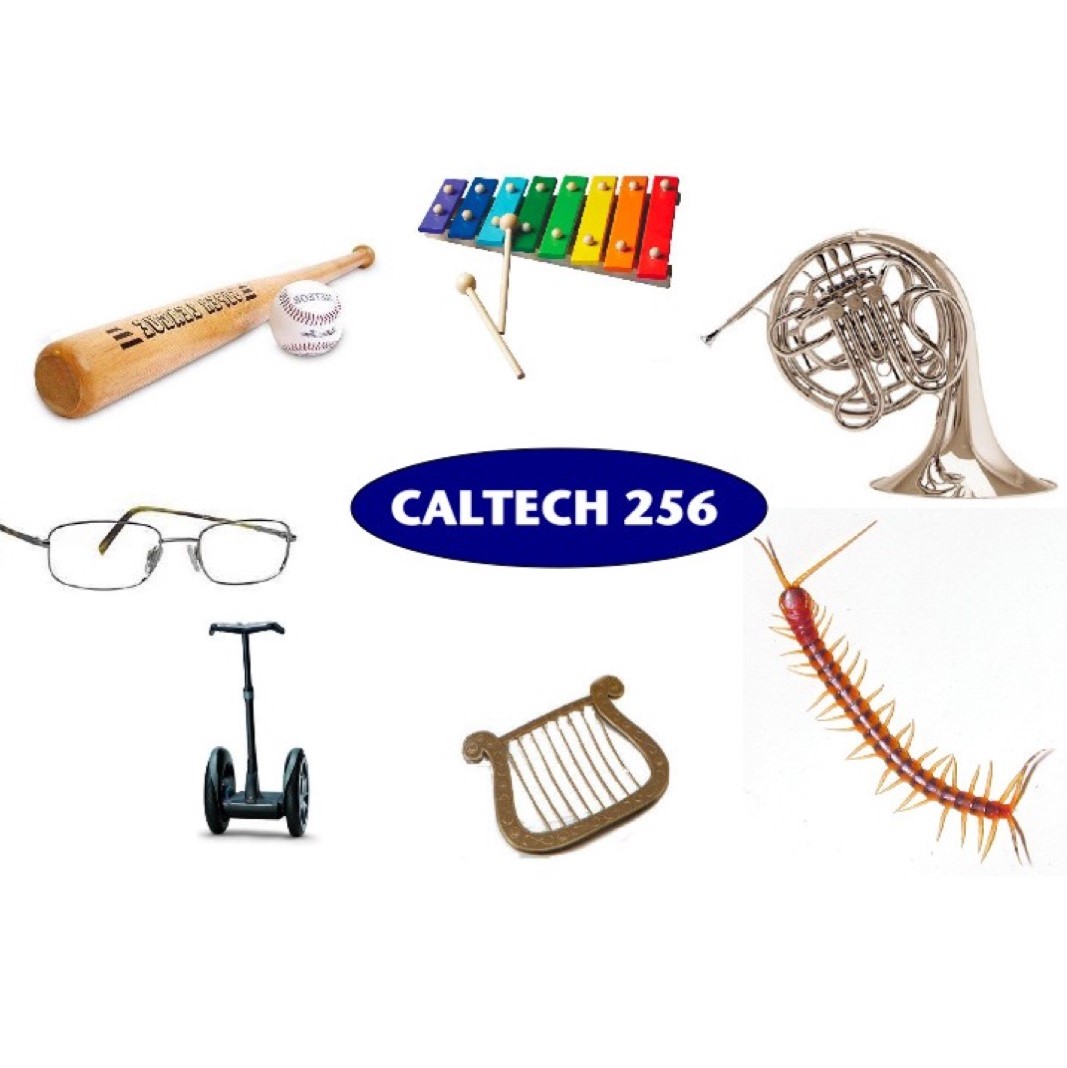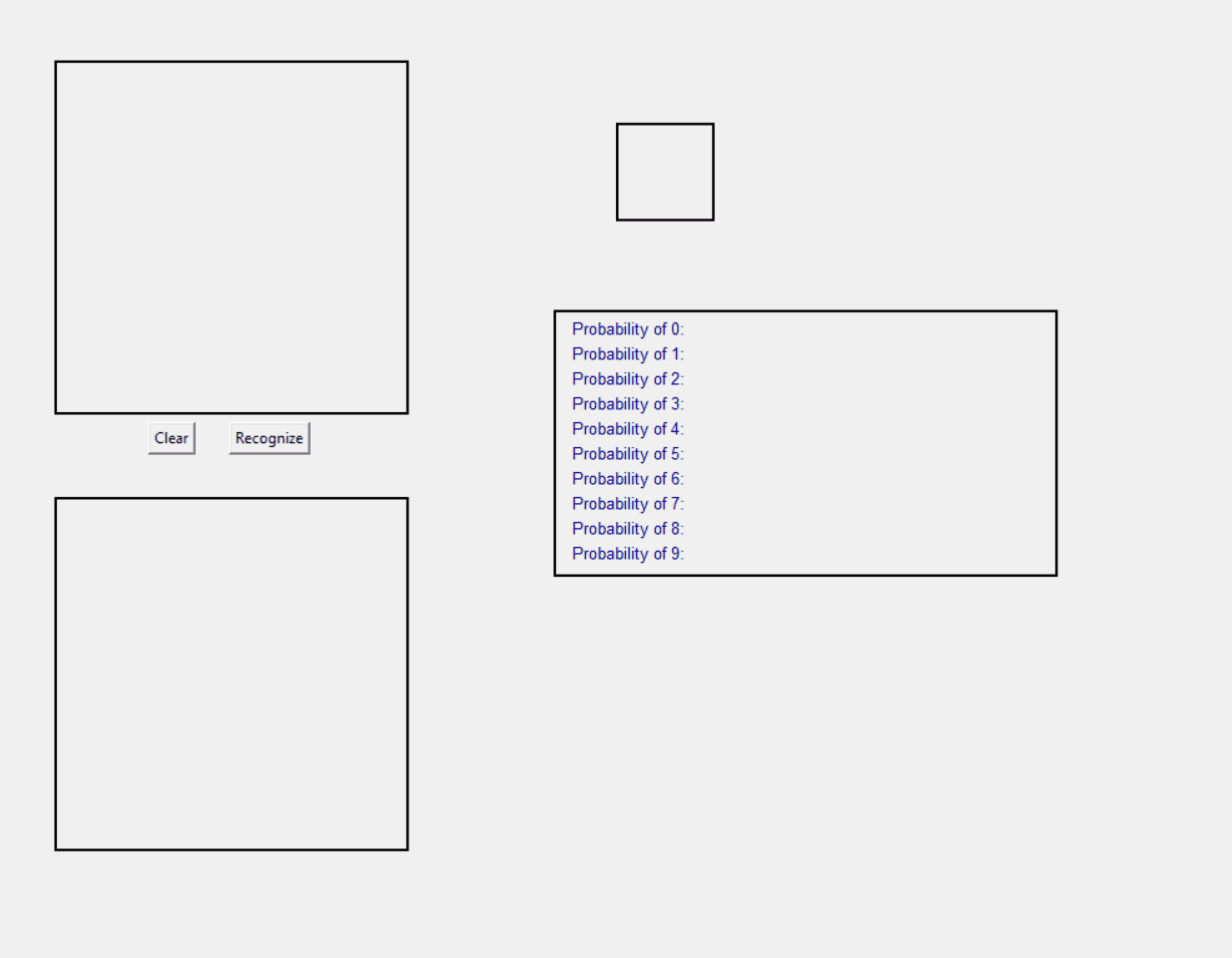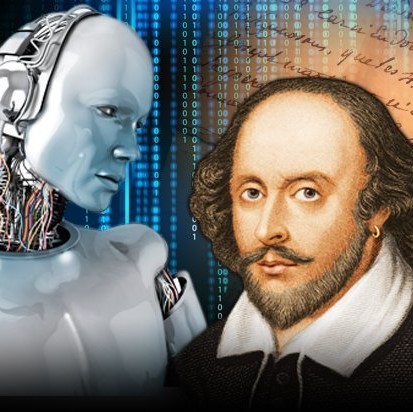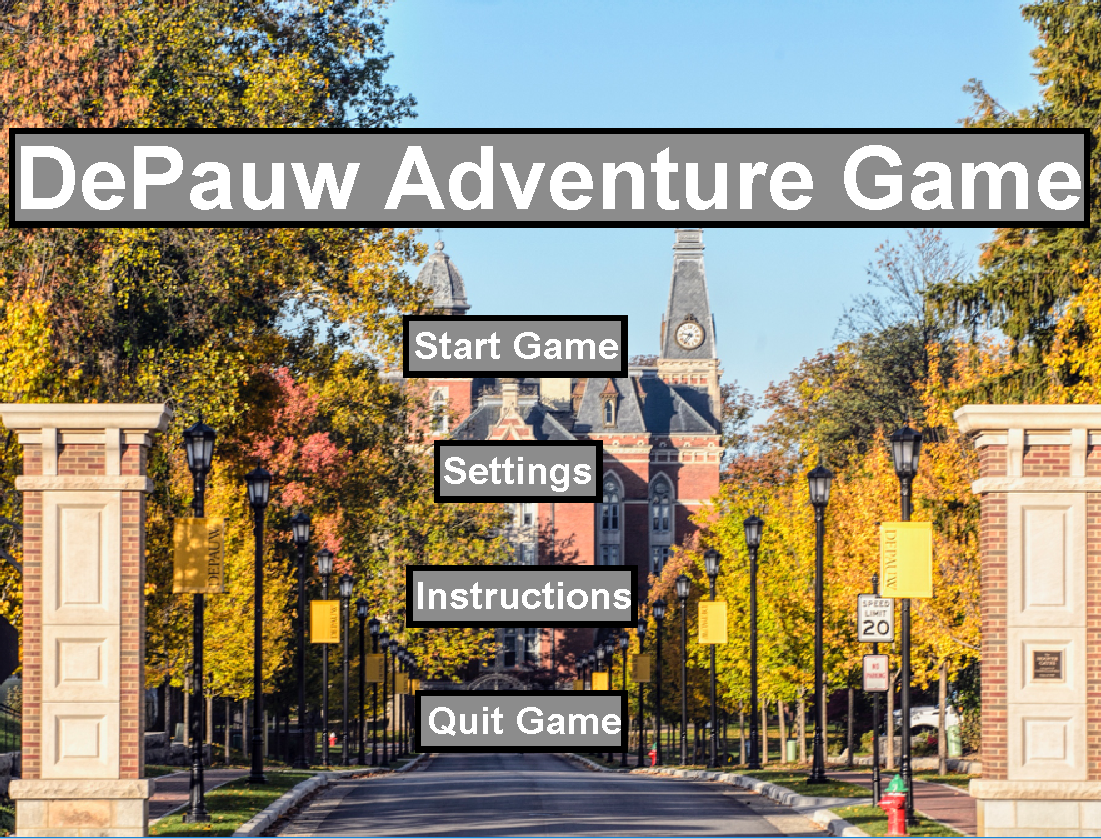Stripe
Data Scientist
Building machine learning methods to detect and prevent financial fraud.
Qualcomm AI Research
Machine Learning Researcher: Generative AI
Explored novel ways of conducting image editing with deep generative models, focusing particularly on diffusion generative modeling and its variants. My duties included conducting literature reviews, deriving new objective functions for image editing, and building software implementations / models to evaluate our theories.
Amazon Science (Personalization)
Applied Scientist: Personalization
Conducted research to improve Amazon's ability to recommend products that facilitate holistic online engagement (clicks, hearts, time on page, etc.). Formulated task as a multi-task learning problem and implemented+evaluated several SOTA algorithms. Achieved an average relative improvement of over 10% over existing production baselines. Augmented my research code into MultiRec: a configuration-driven machine learning research software package to accelerate research. MultiRec supports PyTorch and sklearn-style models, allowing me to train 1443 models over 74 experiment settings in a single summer.
Stanford Research Institute (SRI), International
Machine Learning Researcher
Visiting research scientist at the Stanford Research Institute (SRI International) on the competency-aware machine learning (CAML) project team. Developed CAMeLeon, a reinforcement learning competency assessment research package. The first of it's kind, CAMeLeon integrates many of the most popular reinforcement learning software packages and allows developers to easily train an agent, collect data on its internal state, and then analyze said data with a suite of competency-awareness metrics developed by SRI. CAMeLeon was presented to the entire company and open-sourced as official SRI software release. See the Projects section below for more information.
West Monroe Partners
Technology and Data Science Consultant
Worked primarily as a Data Scientist with large financial institutions. My largest project was a knowledge extraction and classification initiative for data privacy at one of the world's largest banks. I also integrated demand forecasting at VisionWorks of America (POC), and completed customer segmentation projects to assist in marketing various middle-market financial institutions.
National Institute of Standards and Technology
Quantum Computing Research Fellow
Selected as one of 21 students and new graduates in the country to join the NIST laboratories of Boulder, Colorado. Operating within the Information Technology Laboratory, I developed quantum state tomography software to simulate qubit measurement by a computer. Our interdisciplinary group was predominantly theoretical and interested in maximizing the fidelity of qubit measurements without facilitating decoherence. My simulation experiments identified peculiar qubit behavior when measured under different purity and optimization methods. Collaboration with experimental groups to test our theories was common.
84.51°
Data Scientist: Merchandising Insights
Data Science arm of Kroger stores. Developed and outlier detection system in SQL to programmatically parse incoming Controlled Store Test (CST) data for executional errors. CSTs allow Kroger and its consumer packaged goods (CPG) providers (P&G, Burt's Bees, etc.) to experiment with different store layouts and product packaging. These tests are difficult to conduct because holding extraneous variables constant is extremely difficult. My task was to validate testing data was suitable for further analysis and not greatly impacted by confounding factors. Ultimately, my solution ran in less than 30 seconds and detected over 85% of known executional issues historically, saving analysts 4 - 8 hours per test.


